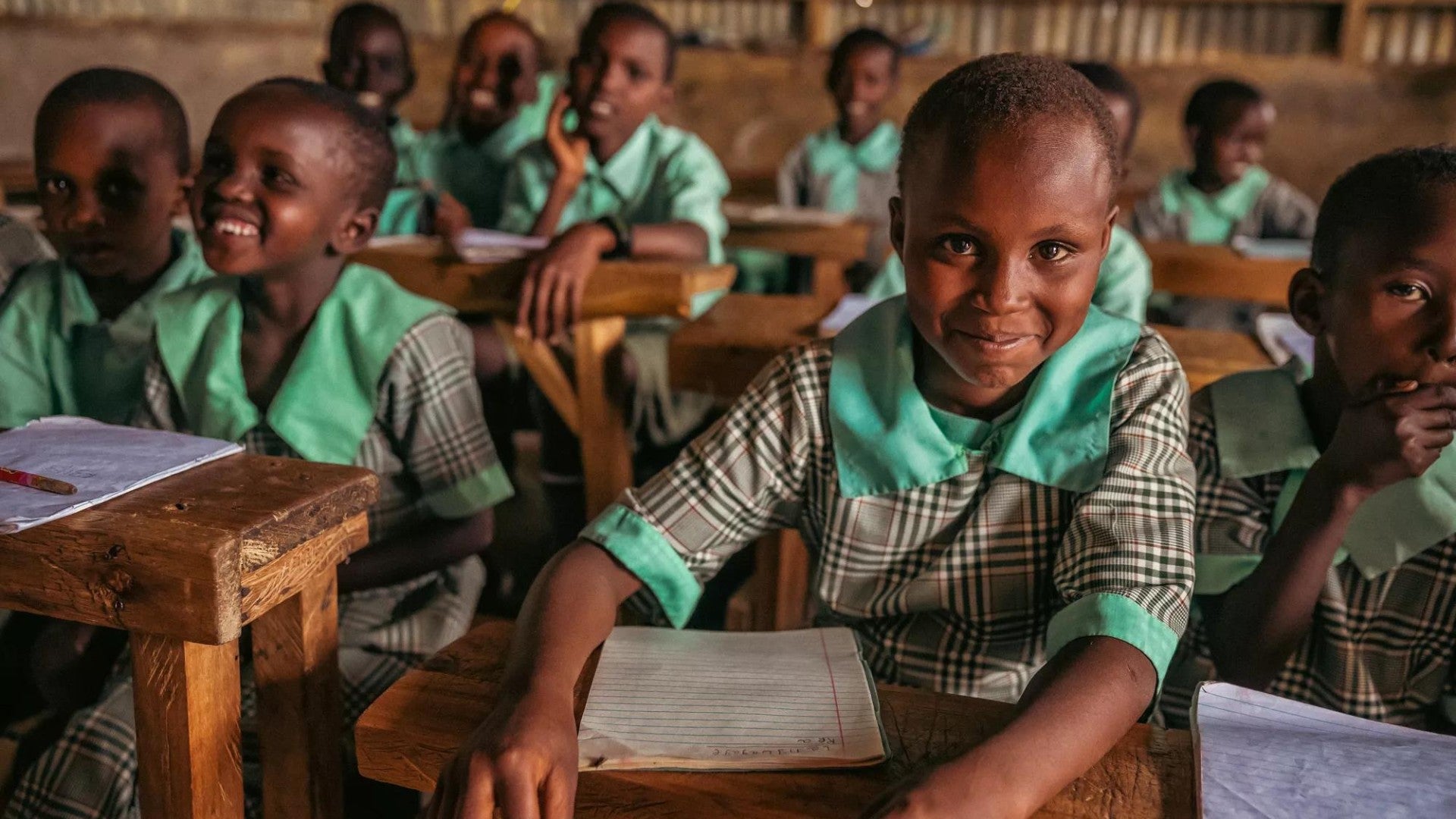Eight out of the bottom 10 ranked markets for overall financial inclusion are located in Latin America and sub-Saharan Africa, including the bottom five.

Note: Below is a featured key finding from the 2022 Global Financial Inclusion Index.
Highlights
- In these regions, the relatively low scores for government support for financial inclusion are correlated with similarly low scores for financial system support, reflecting the relationship between regulatory governance and the soundness of the financial system which we saw reflected positively in the Nordics.
- The rankings of these regions also reflect the impact of economic downturns on business confidence in the financial system.
Full Analysis
Eight out of the bottom 10 ranked markets for overall financial inclusion are located in Latin America and sub-Saharan Africa, including the bottom five. The highest ranked markets in these two regions are Chile at 24th and Kenya at 31st.
Looking at the underlying data, a key factor in the regions’ comparatively low scores is the government support pillar.
Given that a majority of these markets in Latin America and sub-Saharan Africa are emerging or frontier, we can expect government support for financial inclusion to be less effective than the support provided by governments in developed economies. This is consistent with the academic literature which has found that a ‘strong relationship exists between nations’ development, economic growth, stability, and the education system."1
Indeed, while Italy also ranks in the bottom 10, its score in the government support pillar, at 34.7, is markedly higher than the corresponding scores of Latin American and African markets in the bottom 10, with the exception of South Africa.
Notably, most markets in these regions rank poorly in the education and financial literacy levels indicators, suggesting that financial inclusion is held back by low literacy rates, both generally and in financial matters.
A driving factor of Argentina’s position at the foot of the Index is its below average financial system support score (11.2)—10 points below the next closest market in this pillar. This could be reflective of the state of the Argentinian economy in general; it has repatriated much of its financial system and dealt with high inflation and sovereign defaults over the years, all of which has crippled the economy and likely damaged business confidence in the financial system.
The effects of economic downturns on business confidence in the financial system are apparent in the Index. Argentina records low scores in the enabler of SME growth and success and enabler of general business confidence indicators.
Additional markets in the bottom 10 noted poor scores in the financial system support pillar. This emphasizes the potential relationship between regulatory governance and the soundness of the financial system which was reflected positively in the Nordics. In Latin America and sub-Saharan Africa, the relatively low scores for government support for financial inclusion are correlated with the similarly low scores for financial system support.
To read more Index insights or the full report, see Data & Resources.
Connect with us
Want to stay up to date on our research insights? Follow us on LinkedIn. Have a question for our media team? Contact media relations.


